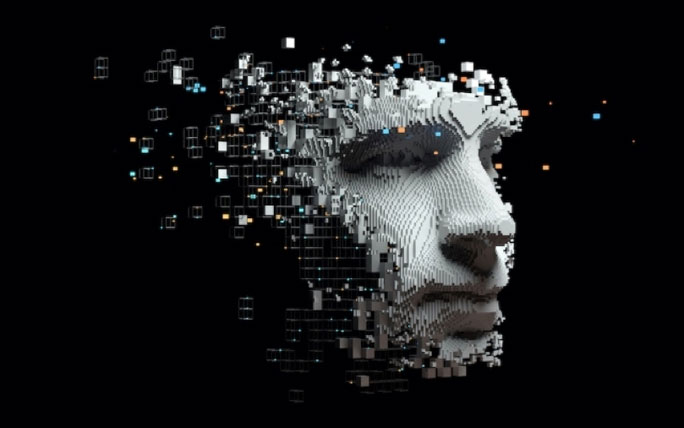The machine learning system can predict the positions of players outside the camera’s view, allowing for fairly accurate tracking of most players on the field.
According to a press release, the artificial skin developed by a research team from the University of Glasgow utilizes a new processing system based on Synaptic Transistors. This electronic device can mimic the neural pathways of the brain. The transistors, made from zinc oxide nanowires, are printed on the surface of a flexible plastic sheet, which is connected to a skin sensor.
The research team claims that their design is unique in that it incorporates integrated circuits within the system, functioning as an “artificial neural pathway.” This accelerates the processing and allows the team to “teach” the skin how to respond to simulated pain by setting a voltage input threshold that varies according to the pressure applied to the skin.
Scientists assert the application of this skin in robotics, such as preventing a robotic arm from coming into contact with high temperatures to avoid melting the robot.

“Artificial skin” helps robots respond to simulated pain. (Photo: Techcrunch)
In direct relation to robotics, researchers from AI company DeepMind (UK) have developed a machine learning system that predicts the positions of football players on the field.
The model, named Graph Imputer, can forecast where football players will move based on camera recordings of a small group of players. Even more impressively, the system can make predictions about players outside the camera’s view, enabling fairly accurate tracking of most players on the field.

Graph Imputer model.
DeepMind states that the Graph Imputer can be used for applications such as simulating field control processes or assessing a player’s ability to control the ball when it is in a specific position. For instance, some of the top teams in the Premier League use the field control model during matches and in pre- and post-match analyses.
Beyond football analysis and other sports, DeepMind hopes that the techniques behind the Graph Imputer can be applied to fields such as simulating pedestrians on streets and crowd simulation in stadiums.


















































